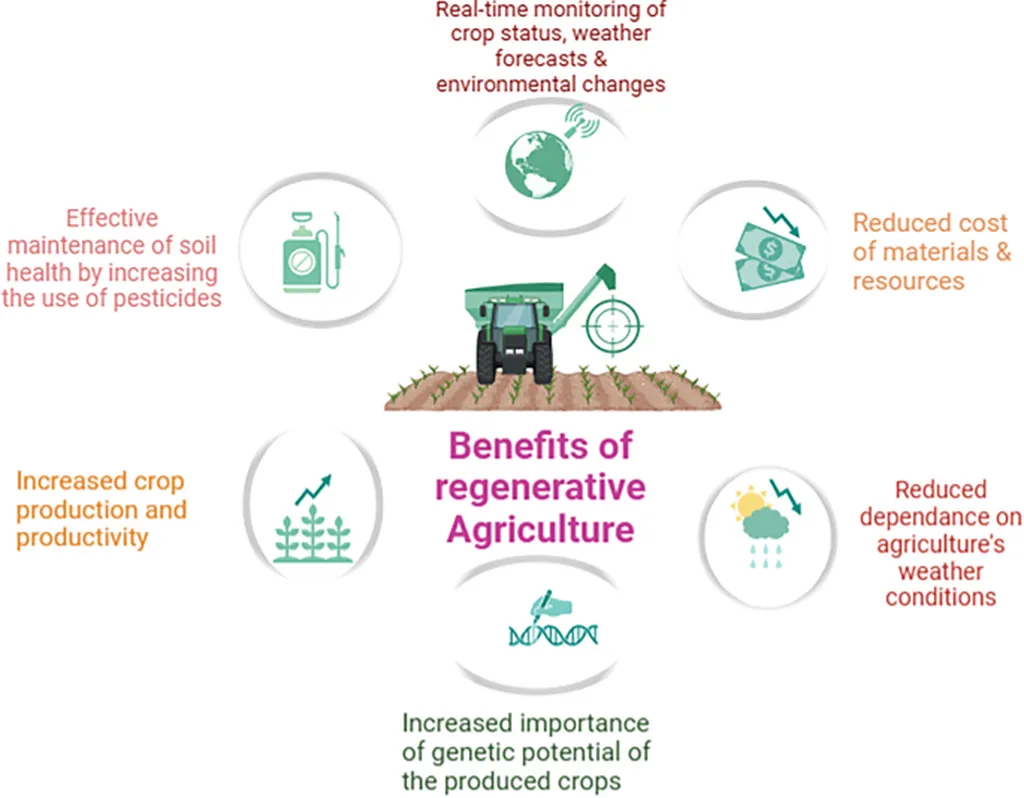In the sun-drenched landscapes of the Mediterranean, where summers are long and temperatures soar, a humble material is making a comeback, promising to revolutionize agricultural buildings and potentially reshape the energy sector. Raw earth, the very stuff beneath our feet, is being harnessed in innovative ways to create energy-efficient, environmentally friendly structures. At the forefront of this movement is Antoine Grosjean, a researcher from EPF-Graduate School of Engineering in Montpellier, France, who has been exploring the hygrothermal performances of raw earth buildings in real-world conditions.
Grosjean and his team have constructed a prototype agricultural building, a small modular structure with two rooms. One room is built with wood, serving as a control, while the other is constructed using raw earth and adobe bricks. The goal? To demonstrate the passive cooling and humidity regulation potential of raw earth in agricultural settings, particularly for fruit and vegetable storage.
The results are promising. Raw earth buildings excel at maintaining stable internal temperatures and humidity levels, even in the face of external temperature swings. This is a significant finding, as it suggests that raw earth buildings could reduce the need for energy-intensive cold storage rooms, which are currently the norm in many agricultural settings.
“Raw earth has incredible thermal mass,” Grosjean explains. “It absorbs heat during the day and releases it slowly at night, creating a cooling effect. This passive cooling strategy can significantly reduce the energy demand for cooling, which is a major energy consumer in agricultural buildings.”
The implications for the energy sector are substantial. If widely adopted, raw earth construction could lead to significant energy savings, reducing the carbon footprint of agricultural operations. Moreover, raw earth is a locally sourced, bio/geologically sustainable material, making it an attractive option for environmentally conscious builders and developers.
The prototype building, described in a recent article published in the journal ‘Buildings’ (translated from French as ‘Buildings’), is just the beginning. Grosjean envisions a future where raw earth construction is commonplace, not just in agricultural settings, but in residential and commercial buildings as well.
“This is not just about building with earth,” Grosjean says. “It’s about rethinking our relationship with the environment, about building in harmony with nature, not against it.”
The research highlights the potential of raw earth construction to shape future developments in the field. As the world grapples with climate change and seeks sustainable solutions, raw earth buildings offer a promising path forward. They represent a fusion of traditional wisdom and modern innovation, a testament to the power of looking to the past to inform the future.
In the coming years, we may see more buildings rising from the earth, not just in the Mediterranean, but around the world. And in these buildings, we may find a blueprint for a more sustainable, energy-efficient future.

